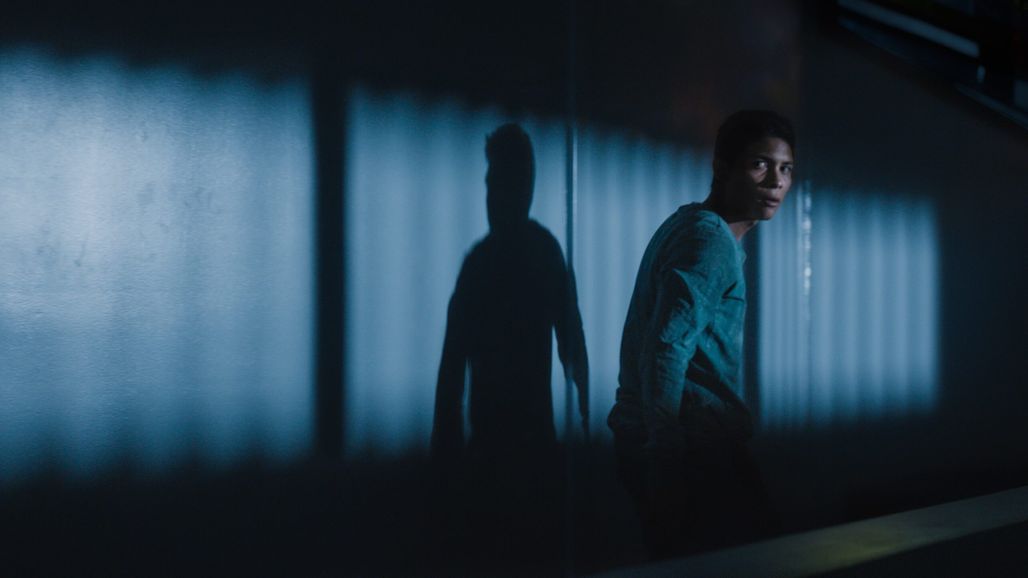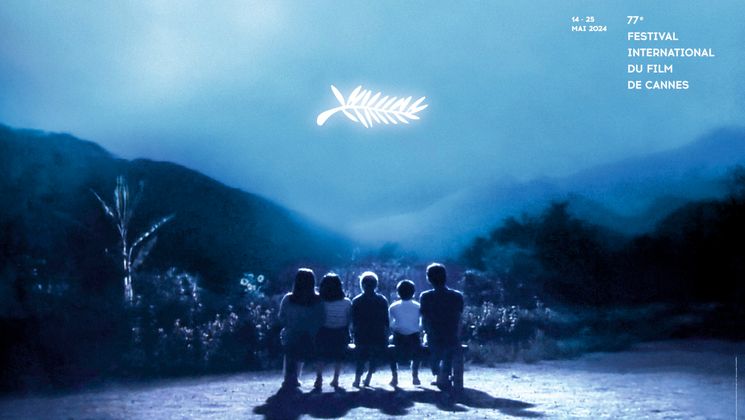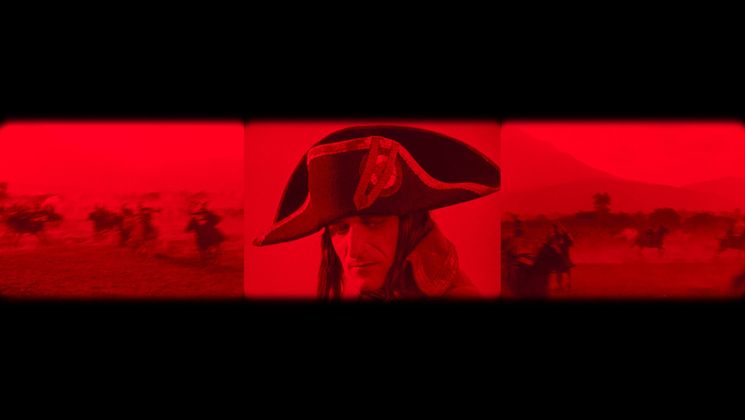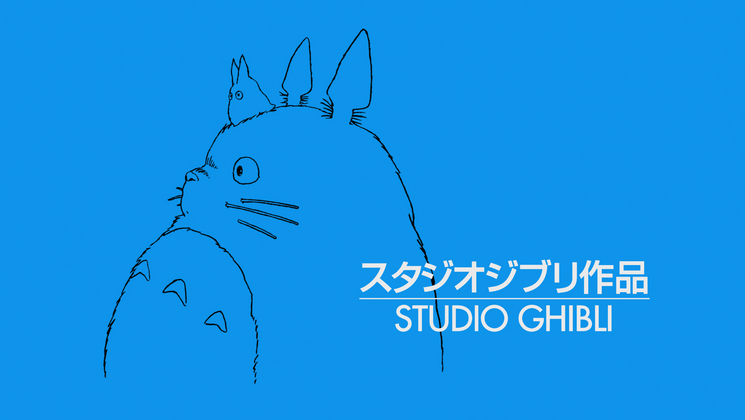
Perdidos en la noche (Lost in the Night), the search for justice by Amat Escalante

Winner of the Best Director Award in 2013 for Heli, Mexican director Amat Escalante presents in Cannes Première Perdidos en la noche (Lost in the Night), a social thriller that follows the steps of a young Mexican man with just one obsession: to find those responsible for the disappearance of his mother, an activist who opposed a mining company whose arrival threatened local jobs in the region.
How did the idea for this fifth feature film come about?
During the pandemic, my daily life was punctuated by walks. Even while I was walking, I always carried a notebook with me to record my thoughts. I was constantly writing, and at an intensity and volume on par with Dostoyevsky’s works, which I was reading voraciously at the time. The pandemic was also an opportune time to rediscover feature films that have really inspired me, and I saw many of these films reflected in the work of Dostoyevsky. This was like a revelation that inspired some of the ideas behind Perdidos en la noche.
Which of these films inspired you the most?
Wild River (1960), by Elia Kazan, which recounts the struggle of the inhabitants of the southern United States who refused to be removed from their land for the construction of a dam. My film deals with a similar subject, the difference being that it’s a mining operation that disrupts the daily life of a village. There is also a news story that counted a lot: the disappearance in Mexico in 2014 of forty-three student activists after their arrest by the police. This story continues to make headlines.
Why did you choose to make it a thriller?
The idea to make a thriller was in my mind from the very start. I wanted to submerge the genre deep within the film. I tried to do this in subtle ways, like planting seeds. Vertigo (1958), by Alfred Hitchcock, really inspired me in this sense.
“It’s as if the film genre had been injected into my veins.”
In what way is the genre a relevant tool for grasping reality?
I wouldn’t call it a tool since it is naturally incorporated into my creative process. It’s as if it had been injected into my veins. I imagine that this is because I was introduced at a very young age to a varied yet very genre-driven collection of films. It produces the cinematic elements that I need to provide a stranger and more entertaining side to my stories. It also allows me to see the other side of things more easily.
How did you want to shoot the film visually?
By drawing on the contrast between the rural setting in which the celebrity family lives in the film and their deeply urban lifestyle. There’s thus something quite interesting to exploit between the family’s social modernity and the rural nature of their environment. Adrian Durazo, my cinematographer, and I chose anamorphic lenses that provide a very organic aspect to the image, and digitally filmed in order to reinforce this contrast.
This is the first time that you relied on professional actors…
I directed professional actors who were also celebrities since the film had to be convincing in this sense. But I didn’t change my directing style just because they were professionals. I discovered that there really is no method. Above all, there is a way to treat each person individually in order to create mutual trust.


